|
Click on pictures for larger view
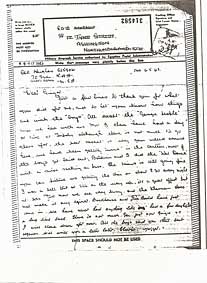
|
Jack never returned to 70 Squadron. After his home leave he was posted to No 32
Maintenance Unit at St. Athan, South Wales, and that is where he was promoted to Corporal and saw the remainder of his RAF service,.
In May,1943, he received an Air Gram from Corporal ‘Yosser’ Hughes, 70 Squadron, at Abu Sueir; in it he mentions three old friends - Baldwin, Backhouse and Jim
Bould.
Jack was involved in a fatal road accident in about May,1945.
He had a head-on crash with a lorry. He sustained a fractured
dorsal vertebra, a broken arm, and his scalp had been virtually
torn off- it was just hanging like a teapot lid on the back of his
head. It was a wonder he survived; his front seat passenger
didn’t.
Twelve months later on 20th June,1946, he was discharged from
the RAF on medical grounds.
|
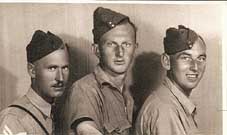
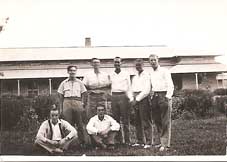
|
On Christmas Eve, 2008, aged 90 years and still driving, he had been to place flowers on his great nephew’s grave and after doing so fell on the steps in the church yard.
He broke his femur and could not move, and to make matters worse he was out of sight of everyone. He lay there for an hour in the cold shouting for help, eventually a local resident heard his call. He underwent an operation on Christmas Day and was recovering nicely, then suddenly he developed pneumonia and lost his life. Up until then he had been quite fit and well. He was independent and looked after himself.
I saw him most days and if not telephoned him.
He was a fit 90 year old and he was a great loss to the family. He had a flying lesson for his 90th Birthday and when asked if he had had any previous experience he told the pilot he had had plenty before and during the war and often took over the controls to give the pilots a rest.
He explained the aircraft he had flown and was allowed to fly the modern two seater he was in.
We had arranged for him to go up in a helicopter the following year, but it was not to be.
Prior to joining 70 Squadron, whilst stationed at RAF Turnhouse, Edinburgh, he had flown under the Forth Bridge with Sir Nigel Douglas Hamilton, Duke of Northumberland ; it was in a Hawker Hart biplane. He had no idea he was about to accompany him on a dive-bombing practice flight. On the floor of the rear cockpit was a bull-ring which the Duke told him to attach to his leather belt. This was to prevent him falling out of the aeroplane.
The target was a six foot square wooden platform on the ground.
A near vertical dive ended with dad being flung onto the fuselage floor and sliding into the bracing cross wires.
He reckoned that Sir Douglas Hamilton must have had a good laugh at his expense.
Dad said he took every opportunity he could to fly, whereas his mates didn’t; he thought probably because in those days they were never issued with parachutes.
He had many stories to tell.
|
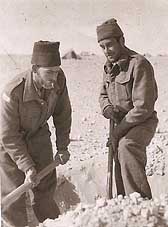
|
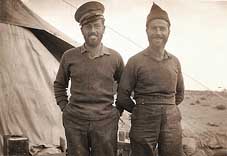
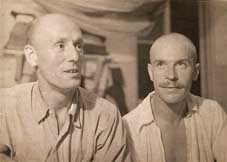
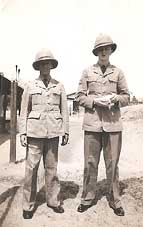
|
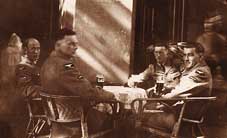
|
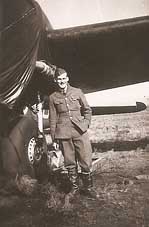
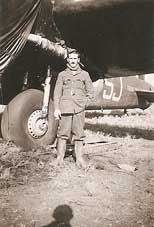
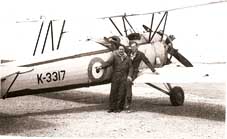 |
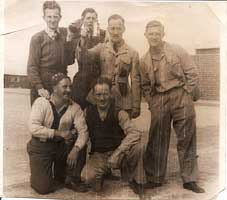
|
Jack standing first left next to Whinney, kneeling first left is Sutton, others are unknown
|
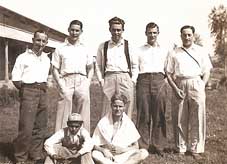
|
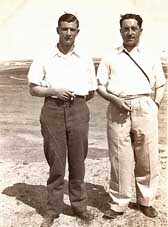
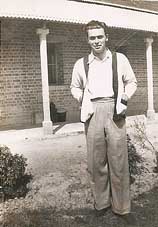
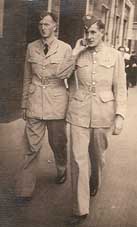
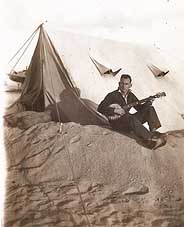
|
|
|
|
|
|
1
2 3
4
|
|
|

